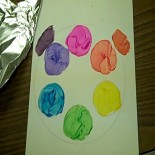
If you are a kindergarten teacher or a homeschooling parent and you want to expand your children’s art knowledge, the best way to start is by making a color wheel with them. Please be aware that this is only a good activity to do if the children you are working with have already had a lot of experience with painting. Children younger than kindergarten, like pre k and preschoolers do not need to get involved in making color wheels. They need to spend their time painting, experimenting and getting to be real familiar with the painting experience itself.
Making a color wheel with children teaches them many skills and concepts.It teaches them about primary colors, it teacher them about color mixing and it teaches them about the secondary colors, tertiary colors and complementary colors (or contrasting colors).
The way I do this with young children is to make a very basic, simple color wheel by only mixing primary colors to make secondary colors.
I take a piece of white tag board and make one very large circle on it. I then make 6 circles on each piece of tag board for each child that is going to be making one. It is important to use some sort of template to make the circles so that they look neat and clean. For the large circle I used a cover from a large plastic container and for the small ones I used tops of baby food jars.
The way I have always had the children paint was by using the set up below. I’ve called it tray painting because they use a cookie tray (or a piece of aluminum foil) to mix colors on that they need for their pictures. I give them very small amounts of paint in covers of baby food jars or in coasters so that if the paint gets ruined, it is no big loss and they easily start again.
So for this activity I used tray painting method and gave them each an empty color wheel to work with.The tray painting method in brief has what you see below. The paint in small amounts, a brush sponge and cup of water. Each time they dip their brush in the paint they use it either to paint on their paper or mix a color, after they are done with that color they need to wash it in their cup of water and then dry it on the sponge before dipping it into another color.
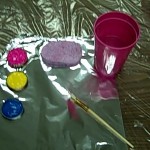
Once you have this set up you are ready to make the color wheels as shown above. You may be wondering why in the picture of the color wheel above that I have lines of slightly different colors next to the orange and the purple circles.
That is because I had always used plain red and plain blue in my tray painting activities but I then read in a book by Eileen Prince Art Is Fundamental: Teaching the Elements and Principles of Art in Elementary School a suggestion to use magenta for red and turquoise for blue when using the 3 primary colors.She claims that the colors are truer when mixed if using the magenta and turquoise. The colors in the circles were with the magenta and turquoise while the lines above them were with the regular blue and red. I guess you can decide for yourself if there is such a difference. You should not however, do what I did above by adding both shades of color to the wheel. Stick with one of the shades and only fill in the circles.
Making the color wheel
Making a color wheel with the children is a little bit more of a structured activity than I normally do, but sometimes one has to give more direction in the beginning that will free up the children later.
The first thing to do after the children have their painting set up is to tell them to put blue in one of the circles. Then have them skip a circle and put in yellow, then skip another circle and add red to the next circle.
They then have to look at their empty circles, check which two colors are on either side of these circles, mix this color on their mixing palette and add that color to that circle. They should do this to all three circles.
Once their color wheels are complete there are a few exercises below that you can do with them to help them learn about the different colors they make and familiarizing them in general with the color wheel.
Primary colors
Once they have their wheels you can start them off with learning some basics. I did it by giving them the sheet below, you can find some other way of doing so. All I did was to tell them they they needed to paint only with the primary colors on that sheet.
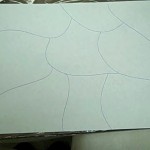
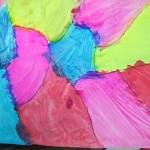
Secondary colors
After the primary color activity I gave them the same empty template and told them that this time they need to only put secondary colors on that sheet. I explained that the secondary colors were the colors that they got when mixing primaries.
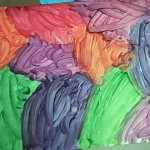
Its always much more of an educational experience when the children actually DO the activities instead of just learning about them. Now they really know which colors are primary, which are secondary and they will have a color wheel to refer to.
Complementary colors or contrasting colors
Once they have the primary and secondary colors under their belts you can teach them about complementary colors or what they really are is contrasting colors.(or opposites)
Explain to the children that colors on the opposite ends of the color wheel are complementary colors.
You can also refer to this as an opposite colors activity.
What they are going to do is they are going to make a picture with standard objects but, use the opposite colors on the color wheel instead. I would never tell children what color to use for any of their artwork but, do make an exception for this one activity.
So for example, if the sun is yellow then they would need to see what color of yellow is opposite on the the color wheel and make the object the opposite color.
What I did was I wrote down what color we would normally use on a white board for a typical house, sun trees picture.I wrote what color they would normally use and then had them do the rest of the work.
This wasn’t a lesson in creativity as much as a way of teaching them about complementary or opposite colors.
Even thought they did basically follow the activity as instructed, one child expressed her dissatisfaction with this type of art in making a big x across her painting when she was done.
The reason this child made a big x over her picture was because she was not used to the idea that art does have to be so realistic. It may be a great time to introduce them to fauvism and expressionism as those artists certainly do not stick to any realistic color scheme.
This series of painting activities was a pure learning activity and will help the children as they begin to paint more and more on their own.
Pin to save for later

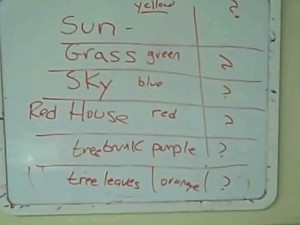

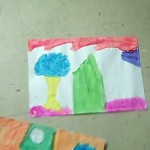
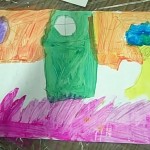
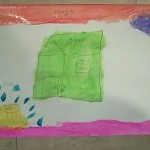

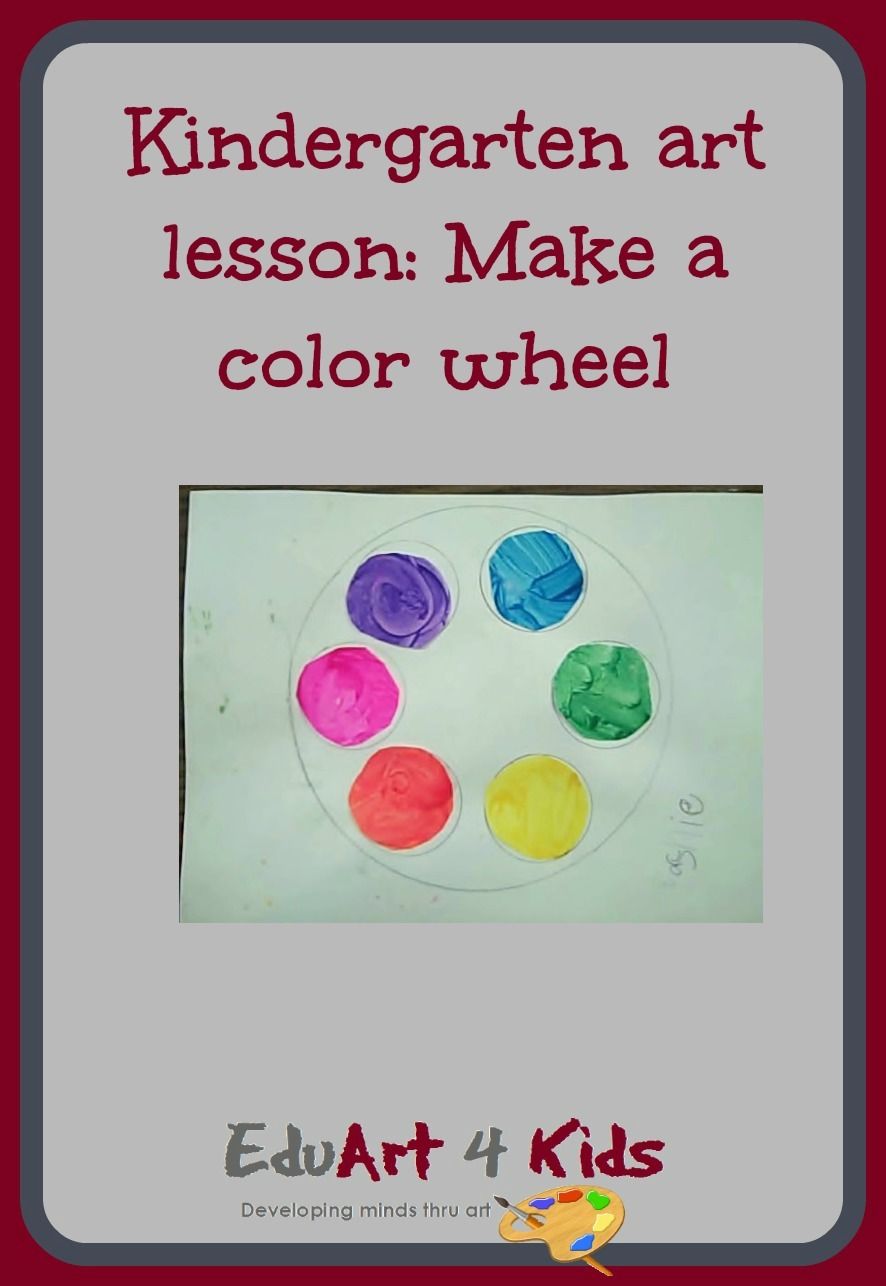
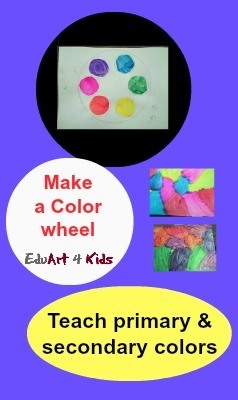
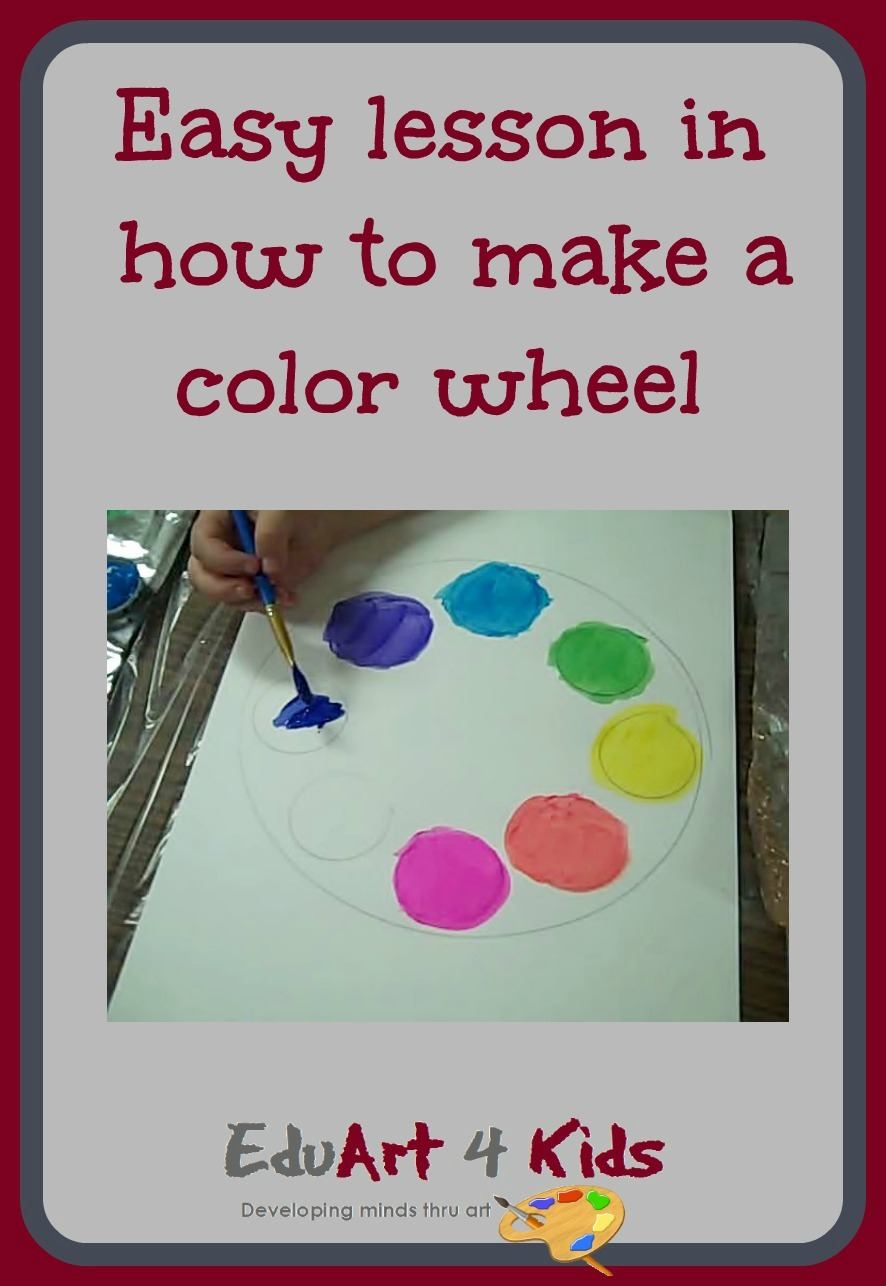

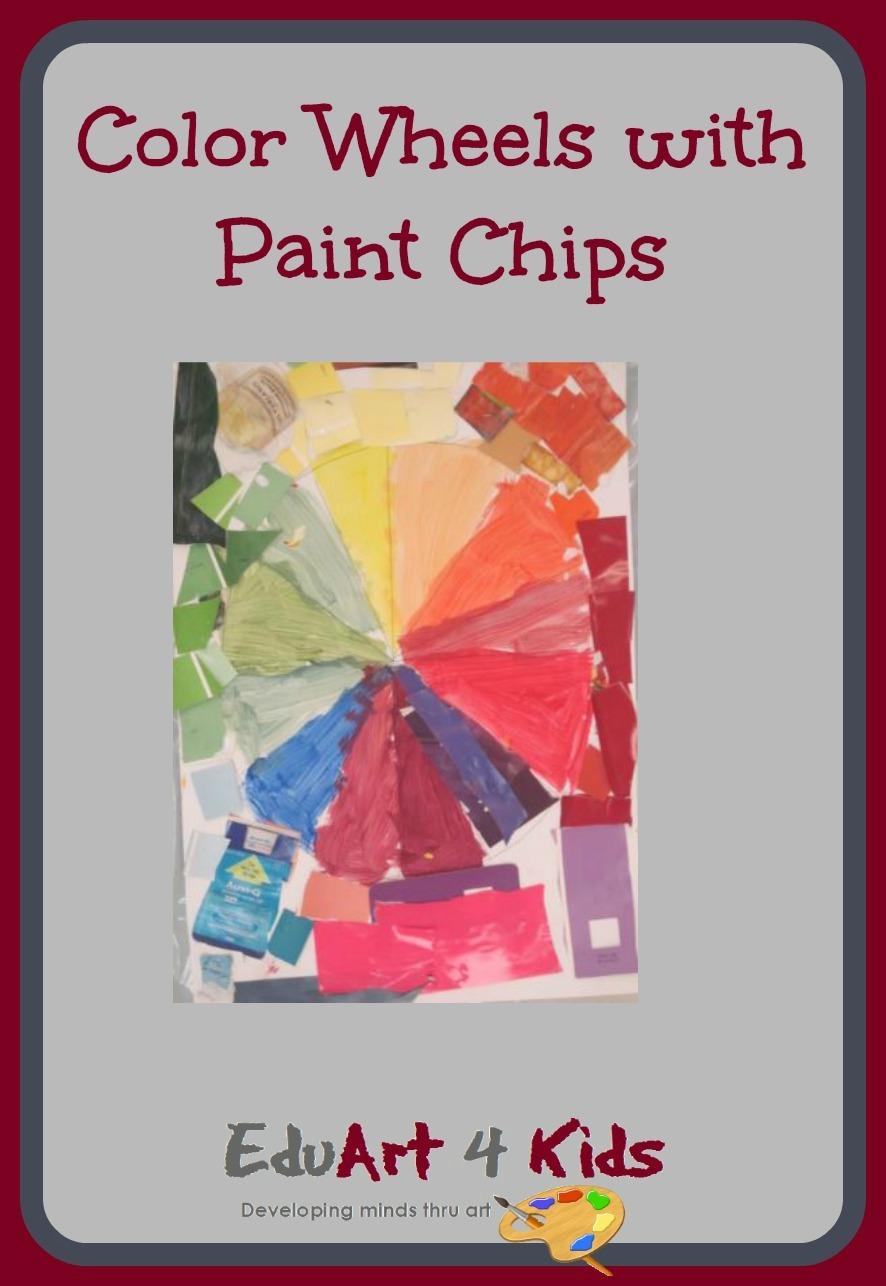
My pleasure. What exactly were you searching for? How to have kids make a color wheel?